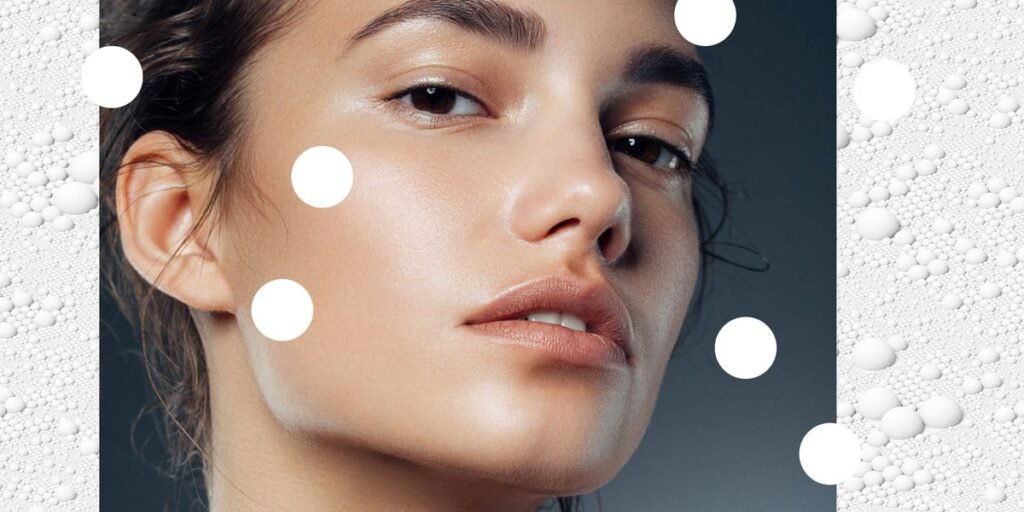Understanding and Conquering Whiteheads: Your Ultimate Guide
Whiteheads, a common form of acne, are often dismissed as a teenager’s problem; however, research indicates that 10% to 20% of adults also encounter this issue. Characterized by red, irritated bumps with a whitish center, whiteheads can affect both men and women and can appear anywhere, including the face, chest, and back.
What Are Whiteheads?
Whiteheads are classified as closed comedones, which form when oil and dead skin cells block a hair follicle or pore, leading to raised bumps on the skin. Unlike their cousin, blackheads, which are open comedones exposed to air, whiteheads remain under a layer of skin.
Causes of Whiteheads
Several factors contribute to the formation of whiteheads:
- Oily Skin: People with oily skin are particularly prone due to excess sebum production.
- Hormonal Changes: Events like puberty, menstruation, and pregnancy can increase whitehead occurrences.
- Diet: High sugar and processed food intake may exacerbate acne.
- Product Choices: Comedogenic products (those that clog pores) such as heavy oils and certain cosmetics can also contribute to the problem.
Expert Insights
- Rahi Sarbaziha, MD: "Whiteheads are often most prevalent in individuals with oily complexions."
- Geeta Yadav, MD: "Whiteheads can be triggered by a combination of bacteria, oil, and inflammation."
- Kseniya Kobets, MD: "Genetics and hormonal shifts greatly influence skin oil production, contributing to whitehead development."
Effective Strategies for Eliminating Whiteheads
If you’re determined to remove whiteheads, consider the following scientifically-backed methods:
1. Gentle Cleansing
- Use gentle, pH-balanced cleansers that remove dirt without stripping essential oils. Harsh scrubs can aggravate the skin and worsen acne.
2. Incorporate Retinoids
- Topical retinoids, such as retinol, can help shrink oil glands and increase skin cell turnover. Always apply sunscreen afterward, as these products may increase sun sensitivity.
3. Utilize Benzoyl Peroxide
- Benzoyl peroxide is effective in targeting acne-causing bacteria. For sensitive skin, start with a lower concentration, ideally around 4%.
4. Exfoliate with Salicylic Acid
- Salicylic acid breaks down dead skin cells and prevents pore blockage. Regular use can also minimize inflammation and improve skin texture.
Professional Treatments
Should over-the-counter solutions fall short, consult a dermatologist. They may recommend:
- Prescription oral contraceptives or hormonal blockers for severe cases.
- Azelaic acid for managing whiteheads during pregnancy.
Should You Pop Whiteheads?
Generally, it’s not advisable to pop your whiteheads. However, if you can’t resist:
- Ensure your hands are clean and only attempt if the whitehead is ready.
- Use a warm compress to accelerate the process for natural drainage.
Preventing Future Whiteheads
To keep your skin clear, implement the following practices:
1. Always Wash and Exfoliate
- Completely remove makeup with micellar water followed by a second cleanse.
2. Avoid Comedogenic Products
- Steer clear of heavy oils and products containing dimethicone, which can clog pores.
3. Control Oil Production
- Incorporate ingredients like niacinamide into your routine to regulate oil levels and maintain a balanced complexion.
4. Adopt Retinol in Your Routine
- Even after breakouts have cleared, using retinol can help regulate oil production and skin cell turnover.
Conclusion
Whiteheads can be bothersome, but with the right strategies, you can achieve clearer skin. Focus on gentle cleansing, incorporate beneficial ingredients into your routine, and consult with a dermatologist for more tailored advice. Remember, patience is key; results may take time.
For more information, explore these detailed articles on how to maintain healthy skin and the best acne treatments. Embrace your journey to smoother, clearer skin today!


